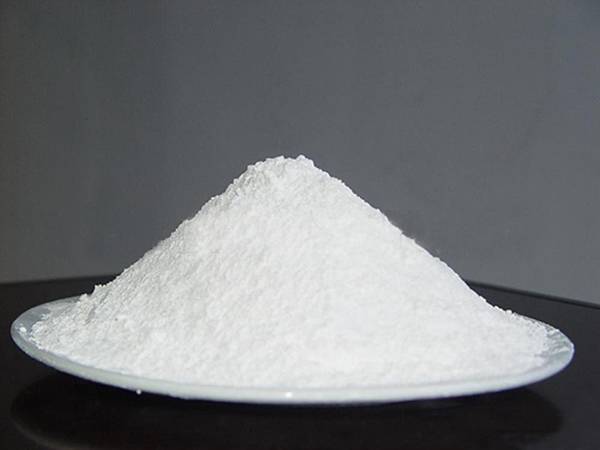



Understanding the Chemical Formula of Sodium Sulfide and Its Applications in Industry
The Chemical Composition and Applications of Sodium Sulfide
Sodium sulfide, represented by the chemical formula Na2S, is an inorganic compound that plays a significant role in various industrial applications. Composed of sodium (Na) and sulfide (S), it occurs as a white crystalline solid or in its hydrated forms, often referred to as sodium sulfide nonahydrate (Na2S·9H2O). This article explores the composition, properties, preparation methods, and applications of sodium sulfide, shedding light on its importance in both chemical processes and various industries.
Chemical Structure and Properties
The formula Na2S indicates that one molecule of sodium sulfide comprises two sodium ions (Na+) for each sulfide ion (S2-). This ionic compound exhibits characteristics typical of salts, including a high melting point of about 840 °C and strong solubility in water. When dissolved, sodium sulfide dissociates into sodium cations and sulfide anions, contributing to its reactivity and functionality in diverse chemical reactions.
Sodium sulfide is known for its distinctive properties, including its ability to react with acids to produce hydrogen sulfide gas (H2S), a compound that has a characteristic foul odor and is toxic at high concentrations. This property is crucial in several applications, particularly in the pulp and paper industry, where Na2S is used in the kraft process to break down wood fibers.
Preparation of Sodium Sulfide
Sodium sulfide can be synthesized through various methods, the most common being the reaction of sodium hydroxide (NaOH) or sodium carbonate (Na2CO3) with sulfur or sulfide compounds. One straightforward method is as follows
This reaction takes place at elevated temperatures and produces sodium sulfide along with water. The availability of reactants and the required conditions significantly influence the efficiency of this process.
Alternatively, sodium sulfide can be obtained by heating sodium sulfate (Na2SO4) with carbon, a method that provides a more economical route in industrial settings.
formula of sodium sulfide

Industrial Applications
Sodium sulfide has a plethora of applications across various industries due to its chemical properties. Here are some key applications
1. Pulp and Paper Industry One of the primary uses of sodium sulfide is in the kraft process for making paper. It acts as a pulping agent, breaking down lignin in wood chips, thus facilitating the separation of cellulose fibers. This process is advantageous as it results in stronger paper products.
2. Leather Tanning In leather manufacturing, sodium sulfide is utilized in the depilation process, where it helps remove hair and other organic materials from animal hides. This pre-treatment is crucial in preparing leather for further processing and dyeing.
3. Mining and Metallurgy Sodium sulfide finds application in the extraction of metals, particularly in the flotation process where it helps in separating metal sulfides from ores. It aids in the concentration of valuable minerals, enhancing recovery rates in mining operations.
4. Chemical Synthesis The compound serves as a reducing agent in various chemical reactions. It is also used in the synthesis of other sulfide compounds and in producing different chemicals, such as sodium thiosulfate and sulfur.
5. Water Treatment Sodium sulfide is occasionally employed in wastewater treatment processes to precipitate heavy metals. By converting toxic metal ions into insoluble sulfides, it aids in reducing environmental hazards.
Conclusion
Sodium sulfide (Na2S) is an essential compound in numerous industrial applications, ranging from paper production to metal extraction. Its remarkable properties and diverse functionality underscore its significance in various chemical processes. Understanding the composition and applications of sodium sulfide not only highlights its importance in industrial chemistry but also signals potential environmental concerns associated with its use. As industries continue to evolve, the strategic application of commodities like sodium sulfide will remain central to advancements in technology and sustainable practices.
-
Why Sodium Persulfate Is Everywhere NowNewsJul.07,2025
-
Why Polyacrylamide Is in High DemandNewsJul.07,2025
-
Understanding Paint Chemicals and Their ApplicationsNewsJul.07,2025
-
Smart Use Of Mining ChemicalsNewsJul.07,2025
-
Practical Uses of Potassium MonopersulfateNewsJul.07,2025
-
Agrochemicals In Real FarmingNewsJul.07,2025
-
Sodium Chlorite Hot UsesNewsJul.01,2025










